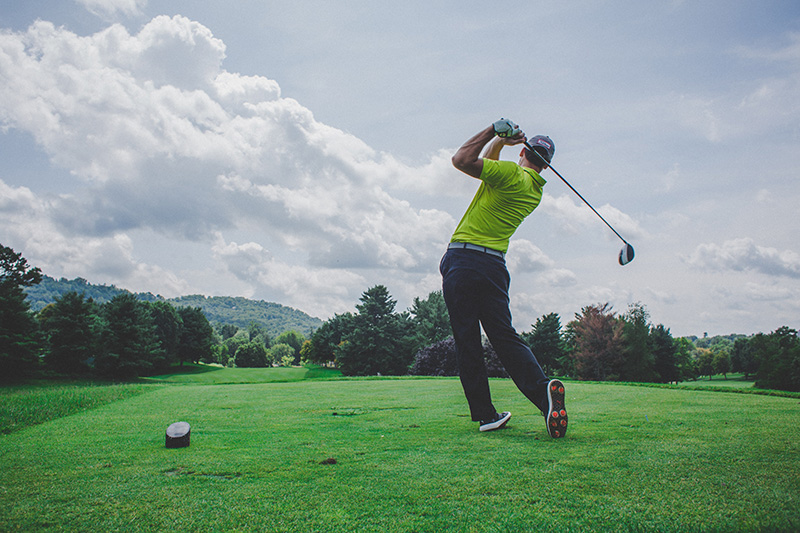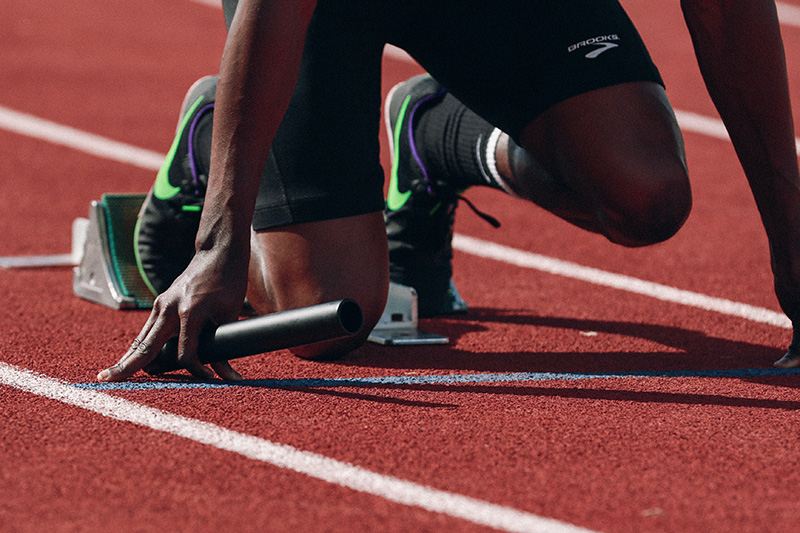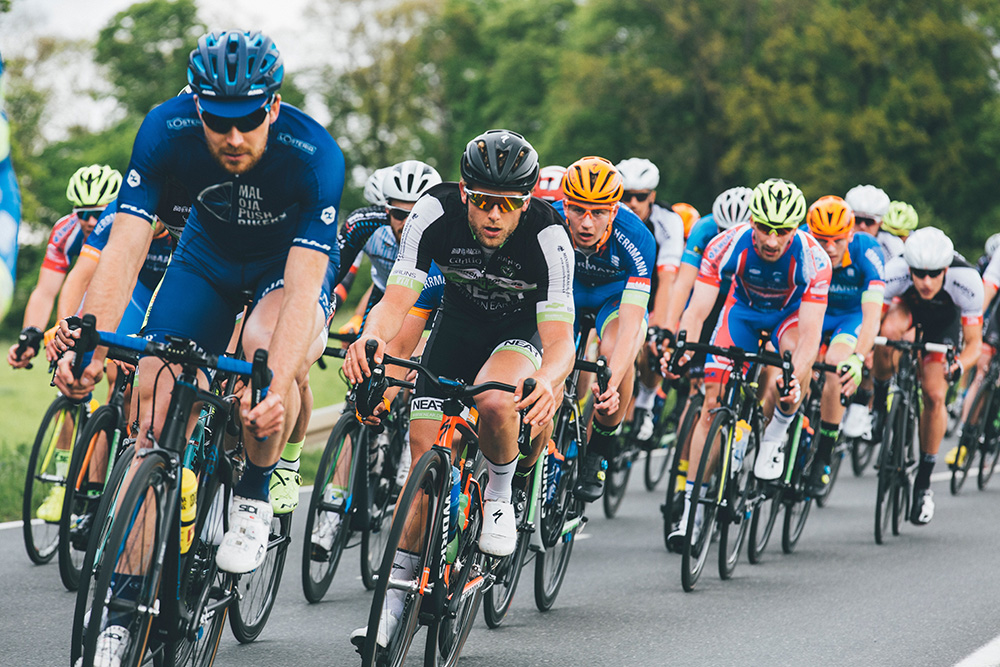Sports injuries: Types, Treatments, Prevention and More

When you’re playing a sport, the last thing you want to worry about is an injury. But accidents happen all the time in sports and physical activity. Whether you’re a professional athlete or just someone who likes to stay active, it’s important to know about different types of sports injuries and how to prevent them. This blog post will give you a rundown on everything you need to know about sports injuries – from types to treatment options and prevention tips. So whether you’re dealing with an injury right now or just want to be prepared for the future, keep reading for information on how to stay safe while playing your favourite sport.
What is sports injury and classify sports injuries?
There are many different types of sports injuries, but they can broadly be classified into three categories: impact injuries, overuse injuries, and stability injuries (Malliaras et al., 2013). Impact injuries occur when there is a direct blow to the body, such as when a football player is tackled or when a hockey player is hit by a puck. Overuse injuries occur when there is repeated stress on the same area of the body, such as tendonitis or stress fractures. Stability injuries occur when there is instability in a joint, such as ligament damage or dislocation. Knee injuries are the most common type of sports injury, followed by foot and ankle injuries, back injuries, and shoulder injuries (Malliaras et al., 2013).
Sports injuries are quite varied in both how they happen and how they affect the body. Different factors can contribute to sports lesions, such as the type of sport, the intensity at which it is played, and the individual's physical condition. Injuries can also range from minor inconveniences, like a sprained ankle, to more significant damage that requires surgery, like ligament damage. Because of this diverse landscape, it can be difficult to define what exactly constitutes a sports injury. However, most experts agree that any injuries sustained while participating in a sporting activity can be classified as sports injuries.
The most common types of sports afflictions are those involving the joints, such as sprains and tendinitis. These traumas are typically caused by overuse or repetitive motions and can be quite painful. Joint injuries can occur in any part of the body but are most common in the knee, foot, ankle, and back. Other demanding injuries, like ligament damage, can also occur as a result of joint instability or contact with another player. These injuries often require surgery and lengthy rehabilitation periods.
While many sports accidents are inevitable, there are steps that athletes can take, preventing sports injuries. Warming up properly before playing and cooling down afterwards can help to loosen tight muscles and prevent excessive use. In addition, wearing proper safety gear can help to protect against more serious lesions. By taking these precautions, athletes can hopefully avoid sustaining a sports injury altogether.
Most Common Sports Injuries.

Most sports injuries are a common occurrence, especially in high-impact sports like football, basketball, and hockey. The most common type of sports injury includes knee and leg injuries, ankle sprain, fractured bones and ligament damage. Many sports injuries can be treated fast and without much effort, but more serious injuries may require medical treatment, physical therapy or surgery. If it is not a serious injury, such as an ankle sprain, you can certainly treat it at home with R.I.C.E. (Rest, Ice, Compression and Elevation). Injury caused by excessive use is also common in sports, and can often be prevented with proper training and warm-up exercises. In general, the benefits of playing sports far outweigh the risks. However, it is important to be aware of the potential for injury and take steps to prevent it.
Risks versus benefits of sports practice.
With proper precautions, you can enjoy the benefits of sports without putting your health at risk. Anybody who has played a sport before knows how beneficial it can be for both the mind and body. When you engage in sports, you have the opportunity to socialise with like-minded people while also getting a healthy workout. Numerous studies have shown that regular physical activity can lead to a number of health benefits, including improved heart function, reduced stress levels, and increased lifespan. However, one of the often-overlooked benefits of sports is their ability to help prevent further injury. When you play a sport, you are constantly using your body in new and challenging ways. This helps to strengthen muscles, tendons, and ligaments, making them less likely to be injured in the future. In addition, sports can help you recover from previous lesions by increasing blood flow and flexibility.
However, if you have an injured body part, it is essential to rest it to prevent further injury. If you ignore an injury, you could make it worse by turning simple lesions into chronic injuries, jeopardising your health.
Furthermore, if you have a previous injury, it is necessary to take extra care and listen to your body to prevent further damage. It is important to be aware of your limitations and take proper precautions to avoid any health problems.
Whether you are looking to improve your health or prevent future injury, there is no doubt that sports can play an essential role.
Contact sports are a hugely popular form of entertainment, with millions of people around the world tuning in to watch or participate each year. However, as anyone who has ever played a contact sport will know, they can also be extremely dangerous. The most common sports injuries caused by contact sports include strain, sprain, tendinitis, dislocation, and fractured bones.
Knee injuries is particularly common in contact sports such as football and rugby, due to the repeated impact of players tackling or colliding with one another. Lesions on the head are also a major concern in contact sports, as even a minor concussion can have serious long-term effects. Ankle and elbow lesions are also relatively common, due to the twisting and turning motions associated with these joints.
While some degree of risk is inherent in any sport, players and spectators alike can rest assured that the vast majority of lesions in sports are not serious.
With proper safety precautions in place, such as wearing protective gear and following rules and regulations, the risks posed by contact sports can be greatly minimised.
Here are some of the most common injuries caused when practising sports:

-
Strains:
A strain is a stretch or tear in a muscle or tendon. Strains often occur in the back, neck, or shoulder.
Strains are often caused by overuse or sudden movements, so be sure to take breaks during long practices or games, and always warm up and cool down properly.
To avoid a strain injury, make sure to stretch properly before participating in any physical activity.
-
Tendinitis:
Tendinitis is an inflammation of a tendon. It can cause pain and stiffness in the affected joint.
Tendinitis is often caused by repetitive activities, so make sure to vary your workouts and take occasional rest days.
Tendinitis can also be caused by playing in cold weather or wet conditions, so make sure to dress appropriately and stay hydrated.
To avoid tendinitis, make sure to take breaks often and stretch properly before and after playing.
-
Dislocations:
A dislocation occurs when a bone pops out of its joint. Dislocations can be very painful and may require medical attention.
Dislocations are often caused by a sudden movement or impact, such as a fall or a blow to the joint.
Wear protective gear when necessary and always use caution when moving an injured joint.
To avoid dislocations, be aware of your surroundings and be careful when participating in contact sports.
-
Broken bones:
Broken bones can occur if you fall or are hit by another player. They can be extremely painful and may take several weeks or months to heal properly.
In sports, it can be caused by a direct impact on the bone, such as a collision with another player, or by a force that is transmitted through the bone, such as the impact of landing after a jump. Most of the cases are easily treated others might need some physical therapy. To avoid a broken bone injury, make sure to wear protective gear when playing sports. 
-
Sprains:
A sprain is a stretch or tear in a ligament. Sprains commonly occur in the ankle, knee, or elbow.
To reduce the chances of a sprain is recommended to wear appropriate sportive protective gear during contact sports
Maintain good strength and flexibility in the muscles around the joint will certainly help to avoid sports injuries
To avoid sprains injury, don't do excessive twisting and turning of the joint.
Conclusion
We hope that this article has been informative and helpful. Sports lesions can be incredibly frustrating and debilitating. However, many of them can be prevented by being smart about your activities and taking the proper precautions. Prevention is your best friend when it comes to keeping your body healthy and free from injury. But if needed don’t hesitate to seek medical attention. With the right treatment, you can get back to enjoying your favourite activities in no time. And remember, staying active is one of the best things you can do for your health
This conclusion is also a tip for you that want to be active and protected without breaking the bank. Ankle support is a very useful piece of sport gear to protect, prevent and speed recovery from ankle trauma. If you have suffered an ankle sprain in the past, or if you play a sport that puts high stress on your ankles, or suffer from plantar fasciitis, then investing in a good pair of ankle supports is a wise decision. There are many different types of ankle supports available on the market, so be sure to do your research before making a purchase. Look for supports that are made of premium quality material and offer adjustable compression levels. Also make sure that the size is correct for your feet; otherwise, the support will not be effective. Wearing an ankle support while participating in sports can help reduce the risk of injury and speed up the healing process if an injury does occur. Thanks for reading!
Joel B
No content on this site, regardless of date, should ever be used as a substitute for direct medical advice from your doctor or other qualified clinician.

